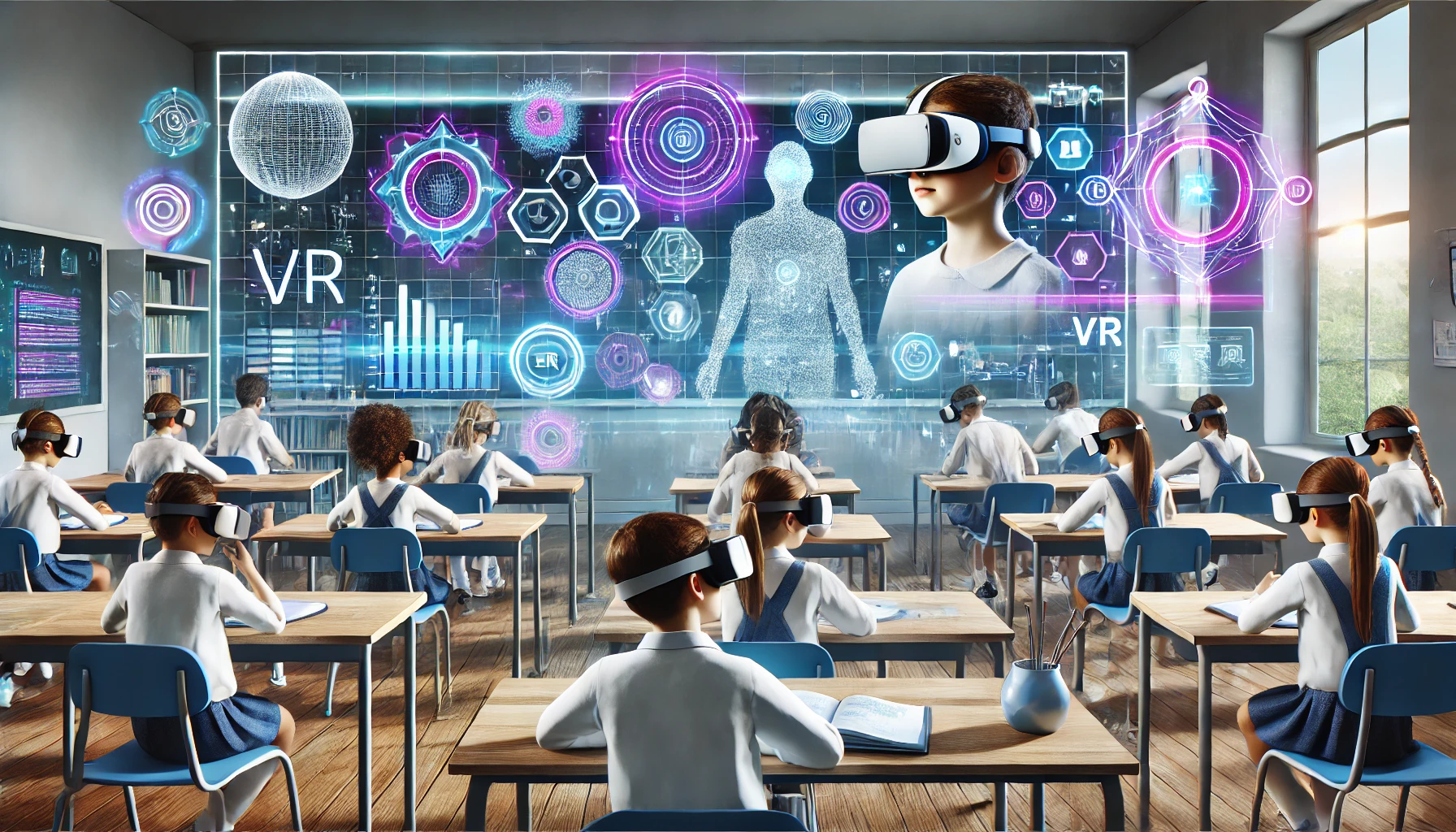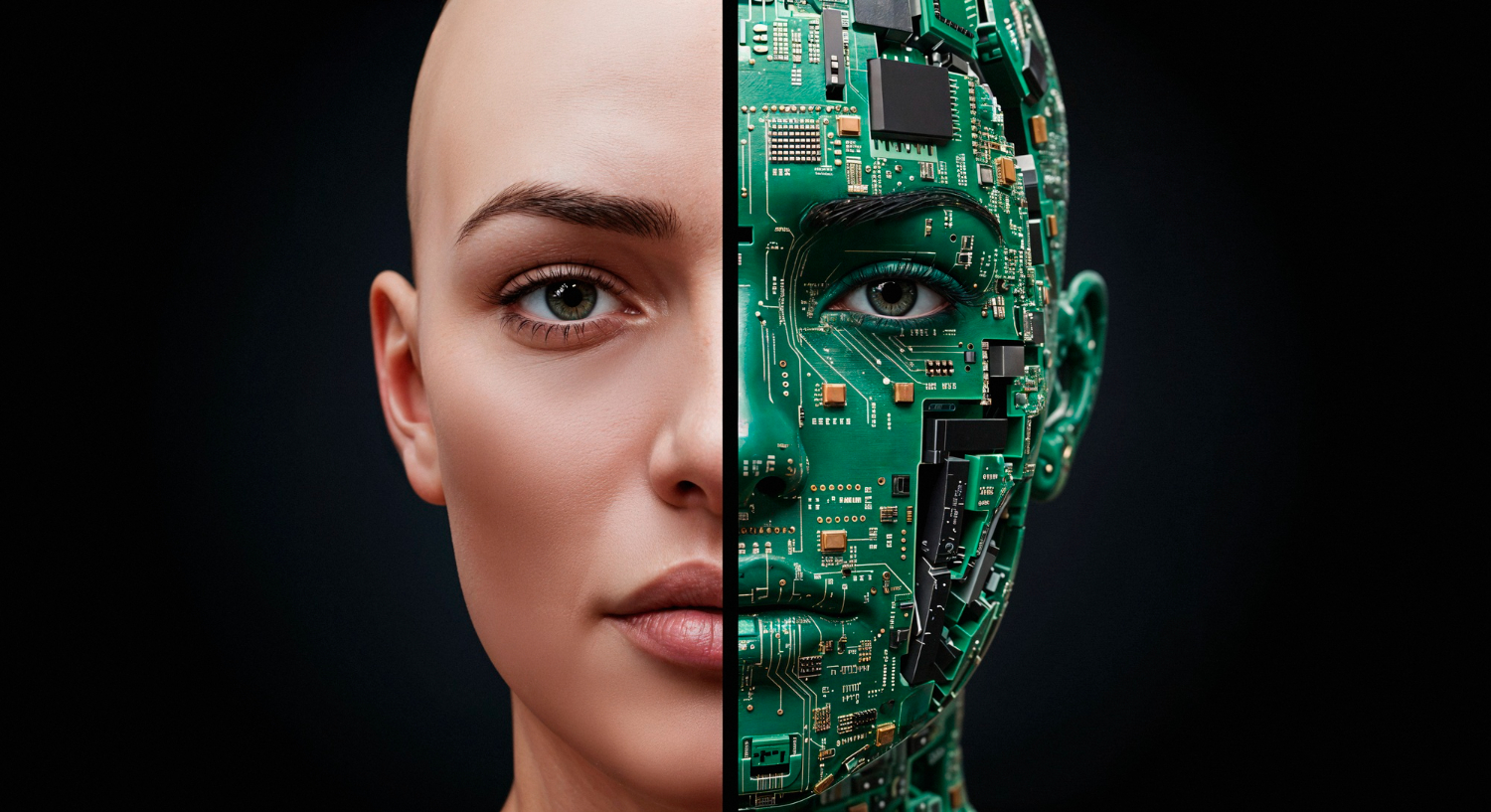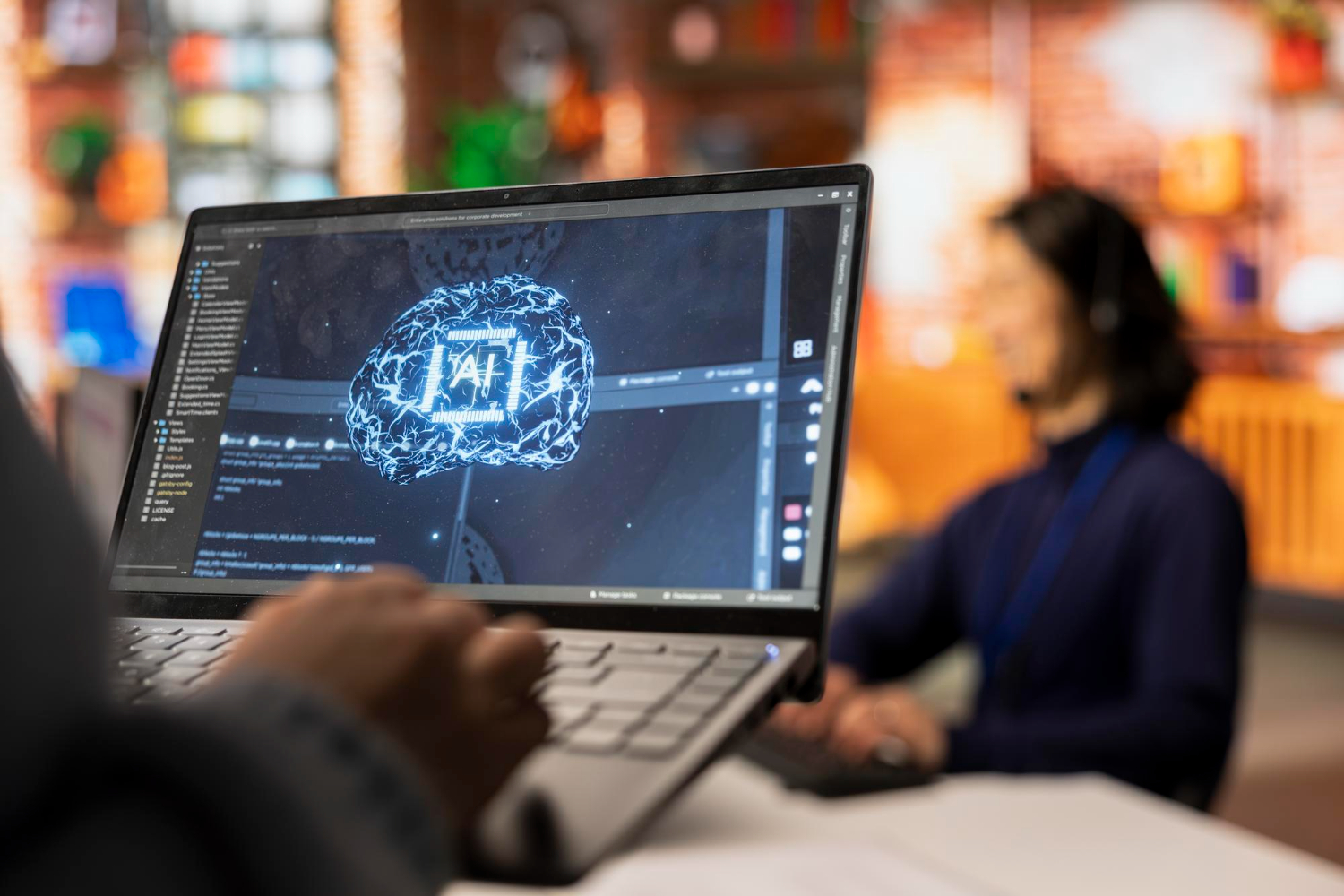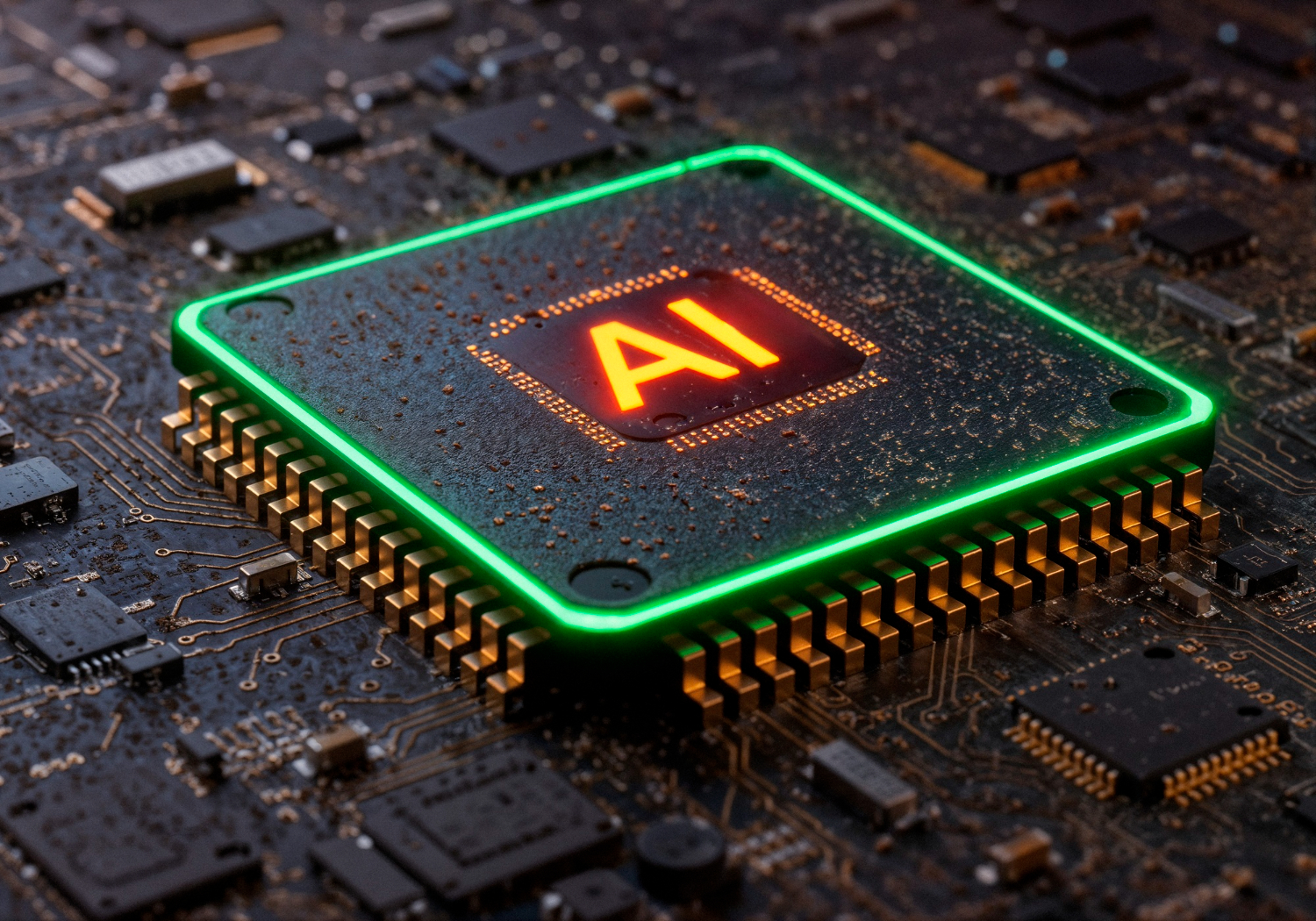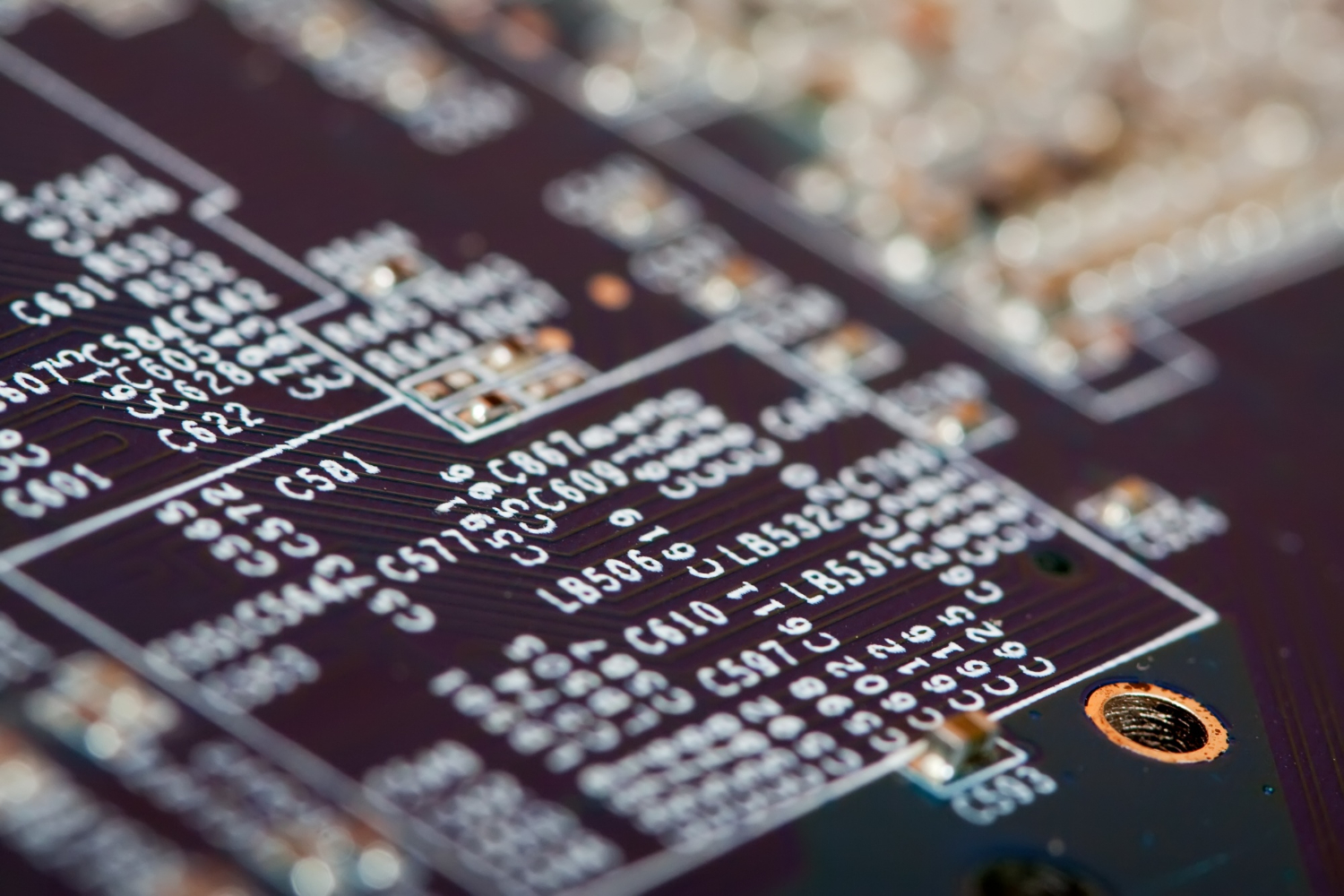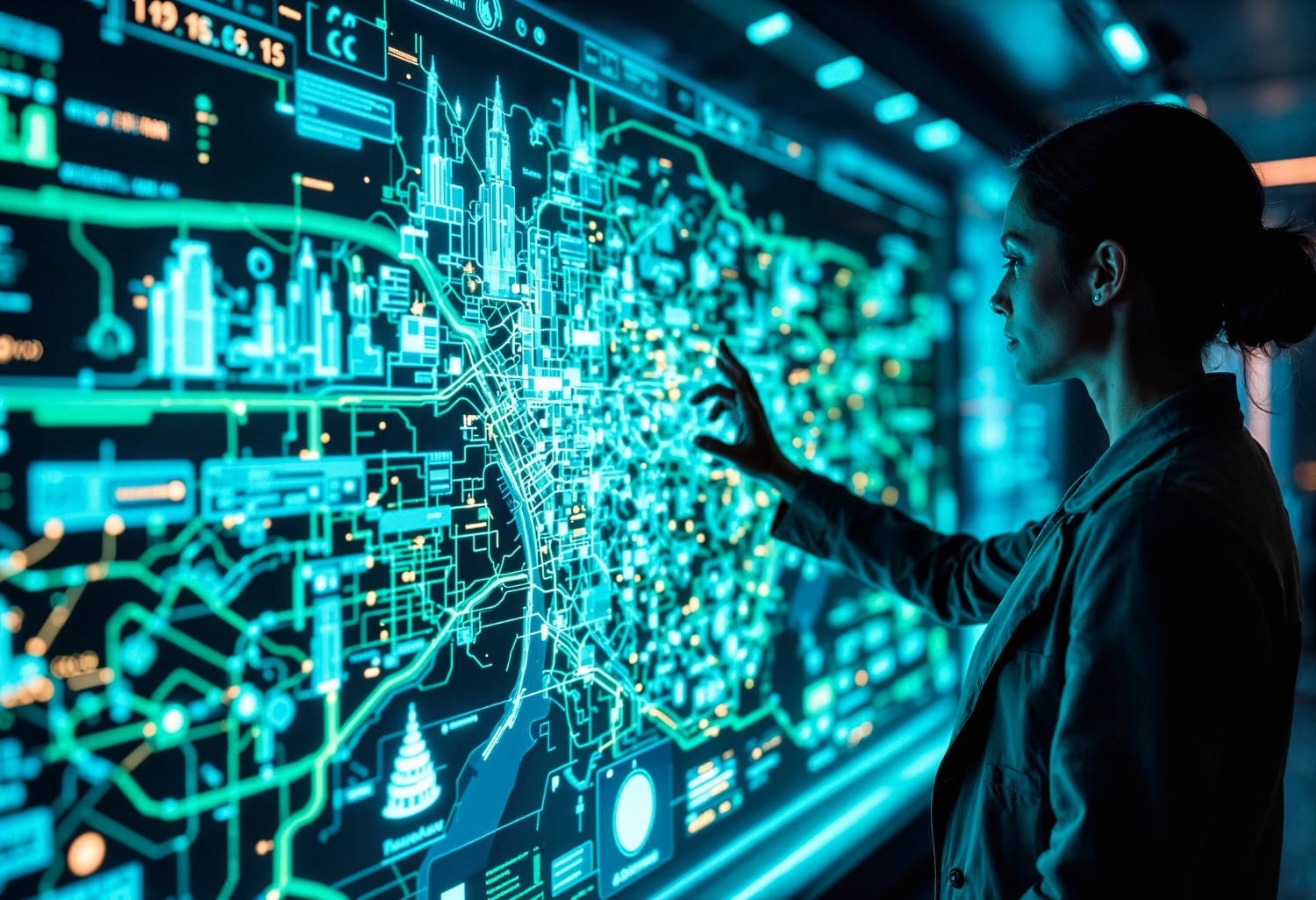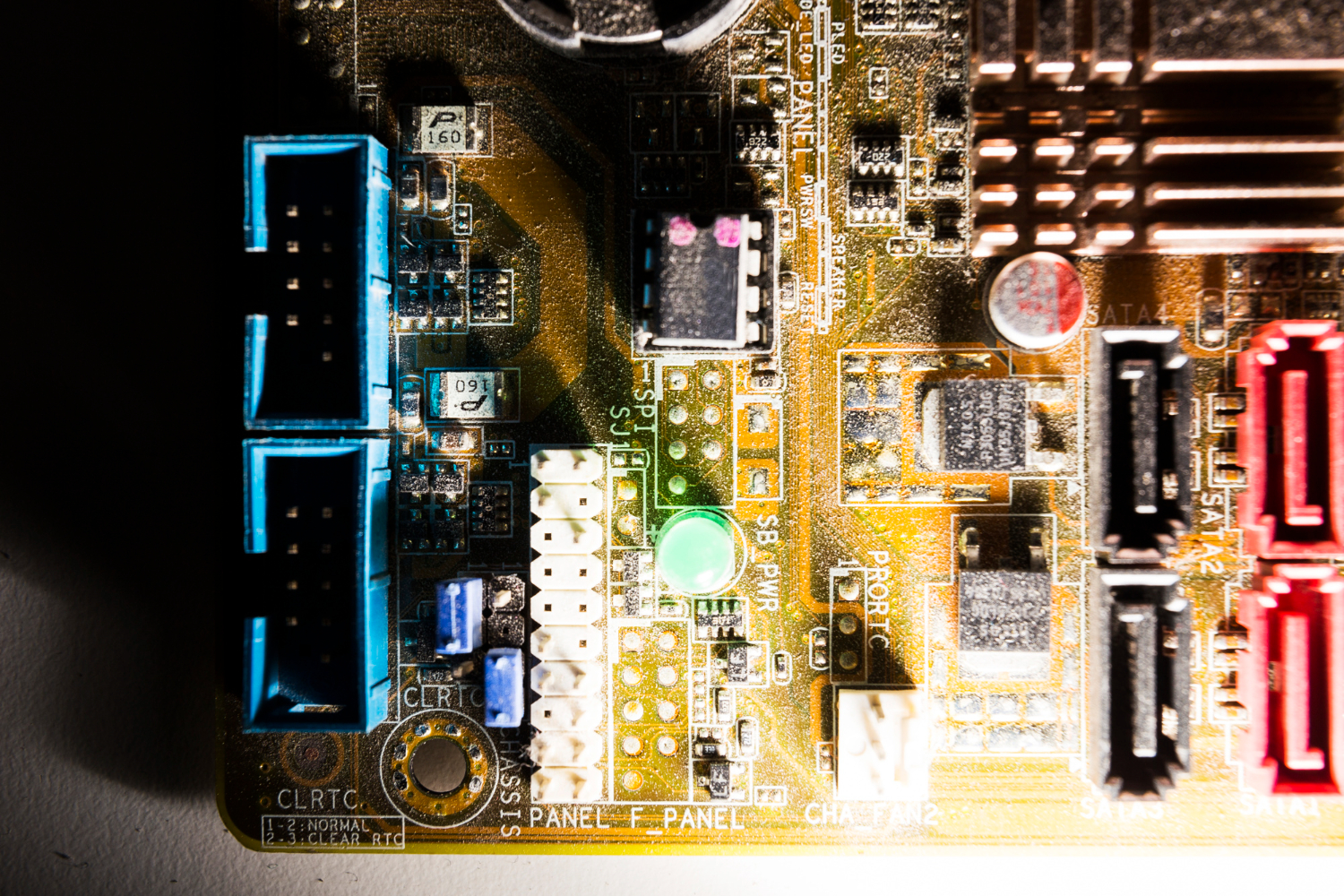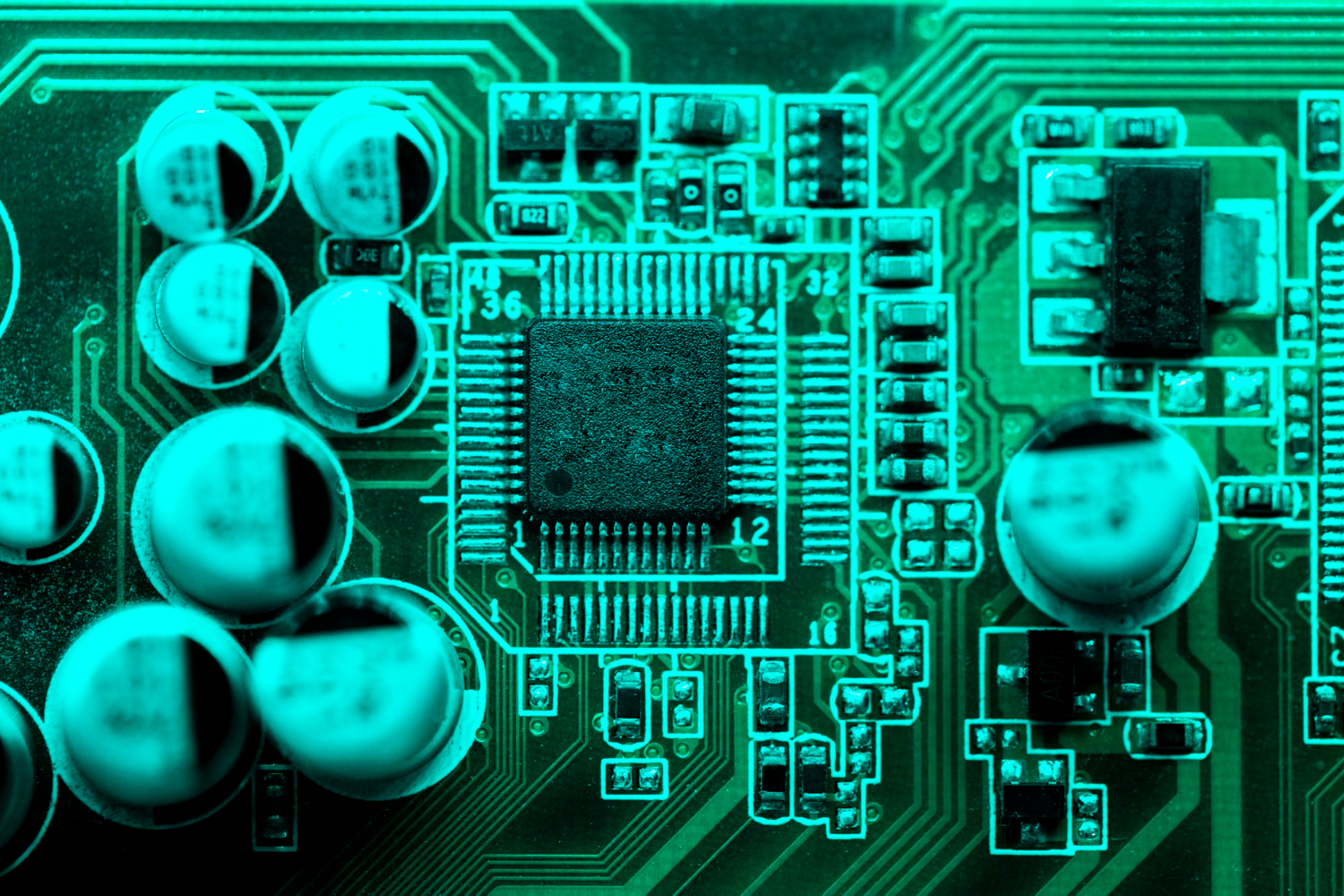Virtual reality (VR) has made waves across various industries, and education is no exception. VR for education opens doors to immersive and engaging learning experiences that traditional methods struggle to match. From virtual field trips to interactive simulations, VR is reshaping the way students interact with content, offering them new ways to explore the real world without ever leaving the classroom.
In this article, we’ll explore how virtual reality in education is transforming the learning landscape, the benefits of VR, and how VR experiences can be seamlessly integrated into lesson plans. We’ll also show how TechnoLynx helps educators embrace this cutting-edge VR technology.
The Rise of VR in Education
Traditional teaching methods have relied heavily on textbooks, lectures, and visual aids. While these methods are effective, they can sometimes lack the engagement needed to capture students’ attention. Enter virtual reality. With VR technology, students can step inside a virtual environment where they can see, hear, and sometimes even interact with the subject matter.
VR for education allows learners to explore complex concepts in a more hands-on way. Imagine a biology class where students can examine the inside of a cell, a history class that lets them walk through ancient Rome, or a geography lesson where they take a virtual field trip to the Grand Canyon. These experiences make learning more tangible and memorable, offering students a deeper understanding of the subject matter.
VR experiences in education help bridge the gap between theory and practice. Instead of simply reading about the subject, students can engage with it in a real-world context. This makes the content more relatable and easier to grasp.
Virtual Field Trips: Bringing the World to the Classroom
One of the standout features of VR for education is the ability to take virtual field trips. For many schools, taking students on real-world field trips is often limited by time, budget, and logistics. However, with VR, students can now visit distant locations or even explore places that are otherwise inaccessible.
Whether it’s touring ancient ruins, visiting outer space, or walking through famous museums, virtual field trips offer students a chance to explore the world from their classroom. It gives students exposure to new environments and experiences that can enhance their understanding of different cultures, geographies, and historical contexts.
These trips can complement a wide range of subjects. In a history class, students might tour the Pyramids of Egypt. In science, they could explore the depths of the ocean or journey through the solar system. VR headsets allow students to fully immerse themselves in these environments, turning what would have been an ordinary lesson into an unforgettable experience.
TechnoLynx helps educators design VR experiences that align with their curriculum. We create customised VR content that brings the world closer to students, giving them a front-row seat to the wonders of the real world.
Enhancing Lesson Plans with Virtual Reality
Virtual reality in education isn’t just about offering cool experiences. It also plays a key role in enhancing lesson plans. Teachers can use VR to simulate real-life scenarios that would be impossible to recreate in a classroom setting.
Take science lessons, for instance. With VR technology, students can simulate chemical reactions, dissect virtual frogs, or study the human body in intricate detail. This not only improves student learning but also offers a safe, cost-effective alternative to traditional lab equipment.
VR also benefits subjects like mathematics and engineering. Complex structures and equations can be visualised in three dimensions, helping students understand difficult concepts more easily. In literature or language studies, students can explore the settings of famous novels or practice speaking in a simulated foreign environment.
Teachers can integrate VR experiences directly into their lesson plans, offering students interactive lessons that complement traditional methods. This combination of hands-on and theoretical learning leads to better retention and understanding of concepts.
The Benefits of VR for Student Learning
The benefits of VR for student learning are vast. One of the primary advantages is the level of engagement it fosters. Students, particularly younger ones, are naturally drawn to technology. When learning becomes interactive and fun, students are more likely to participate actively and retain information better.
VR content also caters to different learning styles. Visual learners can benefit from the immersive graphics, while kinesthetic learners thrive on interacting with the virtual environment. This makes virtual reality in education an excellent tool for personalising learning experiences.
Another key advantage of VR is its ability to simplify complex ideas. Many subjects, such as physics or anatomy, involve abstract concepts that can be difficult to explain with words alone. VR can break down these ideas visually, making them easier to understand.
VR for education also encourages collaboration among students. Many VR applications allow multiple users to interact within the same virtual environment. This promotes teamwork, communication, and problem-solving skills.
Read more: What are the best future applications of virtual reality?
Cost-Effective Learning with VR Technology
While VR headsets and VR technology may sound expensive, they can actually provide a cost-effective solution for schools in the long term. Traditional methods of teaching often require physical resources, such as lab equipment, art supplies, or field trips, all of which come with their own costs. VR offers a digital alternative that can be reused multiple times.
In addition, schools that adopt vr technology can reduce the need for physical materials. For example, biology lessons that once required expensive lab setups can now be conducted virtually. History lessons that once required textbooks and visual aids can now be taught through interactive VR content.
While the initial investment in VR headsets and software might seem high, the long-term savings in materials and travel costs make it a worthwhile investment. Plus, as technology advances, the cost of VR equipment continues to drop, making it more accessible for schools worldwide.
VR Technology Beyond the Classroom
The use of virtual reality doesn’t stop in the classroom. It extends beyond, offering benefits to teachers and administrators as well. Teachers can use VR technology to create custom learning experiences tailored to the needs of their students. They can also access professional development programs that use VR to simulate classroom scenarios, helping them improve their teaching techniques.
Administrators, on the other hand, can use VR to simulate school layouts and test different configurations for maximum efficiency. This use of reality technologies can help schools optimise their spaces and resources, ensuring a more efficient learning environment for students.
TechnoLynx works closely with educators to implement VR beyond the traditional classroom. We assist in designing training programs for teachers and creating virtual environments that schools can use for planning and development.
The Future of VR in Education
The future of VR for education looks promising. As VR technology becomes more advanced and affordable, we can expect to see wider adoption in schools worldwide. With the ability to offer cost-effective solutions and create immersive, engaging learning experiences, VR will likely become a staple in education.
As virtual and augmented reality technologies continue to evolve, students will have even more access to interactive learning. From simulating dangerous chemical reactions in a science class to taking an art tour in Paris, the possibilities are endless. VR will make the real world more accessible, improving student learning in ways that were once unimaginable.
How TechnoLynx Supports VR in Education
At TechnoLynx, we’re passionate about helping schools gain the power of virtual reality in education. We specialise in creating customised VR solutions that align with school curriculums. Our team works closely with educators to design VR experiences that enrich their lessons, making learning more immersive and engaging.
Whether you’re looking to implement virtual field trips, enhance your lesson plans, or simply explore how VR can improve student learning, TechnoLynx is here to help. We provide the tools, resources, and expertise to bring VR technology into the classroom seamlessly.
Our cost-effective solutions ensure that schools of all sizes can benefit from this cutting-edge technology without breaking the bank. From providing VR headsets to developing custom educational software, we make it easy for schools to adopt VR.
By partnering with TechnoLynx, you’re not only enhancing the learning experiences of your students but also future-proofing your school with the latest in reality technologies.
Continue reading: AI Smartening the Education Industry
Image generated by DALL-E.

